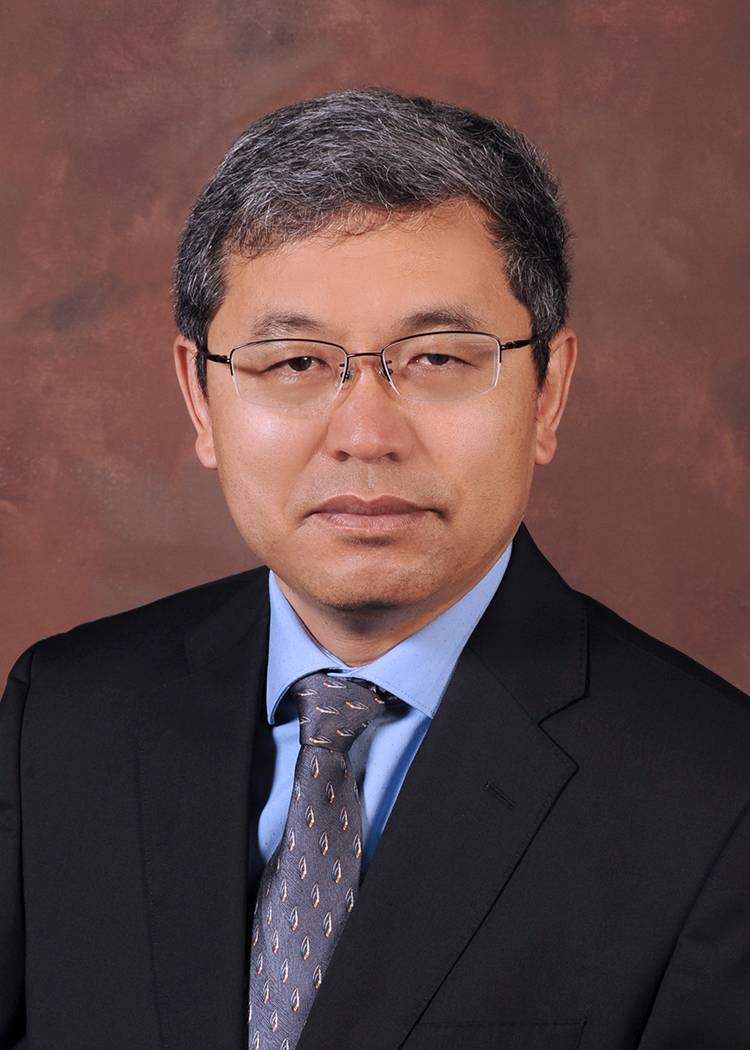
Professor
Department of Cellular Biology and Anatomy
James and Jean Culver Vision Discovery Institute
Carl T. Sanders Research & Education Building, CB2707
Office: 706-721-2019
Laboratory: 706-721-4979
envelope-o icon xfan@augusta.edu
Zongbo Wei, PhD, Assistant Research Scientist
Kailin Li, PhD, Postdoctoral Fellow
Kazi Rafsan Radeen, Graduate Student
We are recruiting talented postdoctoral fellows. Please send your CV to xfan@augusta.edu
We are a research group specializing in aging and age-related diseases. Our work focuses on the role of reactive oxygen species (ROS) in aging, particularly in relation to glutathione homeostasis. We investigate how ROS contributes to age-related conditions, including age-related nuclear cataract (ARNC) and Alzheimer’s disease (AD). Additionally, we use in vitro and in vivo model systems to study posterior capsule opacification (PCO), a common complication following cataract surgery.
Age-related cataracts (ARC) are the leading cause of blindness worldwide, with oxidation identified as a major risk factor in their formation. Glutathione (GSH), the most abundant antioxidant in the lens, decreases progressively with age, especially in the lens nucleus. Typically found at millimolar concentrations in most cell types, GSH is the primary non-enzymatic antioxidant in tissues, cells, and cellular compartments. Beyond serving as an intracellular redox regulator, GSH also influences gene expression, epigenetics, and amino acid checkpoints. Our lab focuses on understanding how GSH levels decline during lens aging and exploring its roles in lens biology, biochemistry, and transparency.
Cataract surgery is currently the only treatment for cataract-related vision impairment, with approximately 4 million procedures performed annually in the U.S. and 26 million worldwide. Posterior capsule opacification (PCO), often referred to as secondary cataract, is the most common complication following cataract surgery. PCO incidence rates vary depending on intraocular lens (IOL) quality and surgeon experience, typically ranging from 4-45% within 5 years for adults, and reaching nearly 100% in children within 2 years post-surgery. While the mechanisms behind PCO formation are largely unknown, it is believed that PCO initiation and progression share a similar pathogenesis with tissue fibrosis. Our research aims to investigate the mechanisms and pathogenesis of LEC fibrotic responses after cataract surgery to better understand the initiation and progression of PCO.
Alzheimer’s disease (AD) is marked by extracellular beta-amyloid (Aβ) deposition in senile plaques and intracellular neurofibrillary tangles. Aβ peptides (both 40- and 42-mer) are produced from the amyloid precursor protein (APP) via the amyloidogenic pathway. Strong evidence suggests that reactive oxygen species (ROS) play a pivotal role in the onset and progression of AD, aligning with aging as the primary risk factor for AD pathogenesis, given that ROS are a key hallmark of aging. Our research is focused on testing the hypothesis that disrupted brain GSH homeostasis in aging promotes the amyloidogenic pathway and neurodegeneration.
